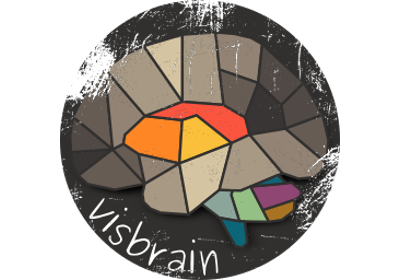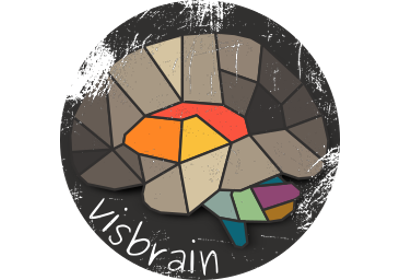visbrain.objects.TimeSeries3DObj¶
- class visbrain.objects.TimeSeries3DObj(name, data, xyz, select=None, line_width=1.5, color='white', ts_amp=6.0, ts_width=20.0, alpha=1.0, antialias=False, translate=(0.0, 0.0, 1.0), transform=None, parent=None, verbose=None, _z=-10.0, **kw)[source][source]¶
Create a 3-D time-series object.
- Parameters:
- namestring
Name of the time-series object.
- dataarray_like
Array of time-series of shape (n_sources, n_time_points)
- xyzarray_like
The 3-D center location of each time-series of shape (n_sources, 3).
- selectarray_like | None
Select the time-series to display. Should be a vector of bolean values of shape (n_sources,).
- line_widthfloat | 1.5
Time-series’ line width.
- colorarray_like/tuple/string | ‘white’
Time-series’ color.
- ts_ampfloat | 6.
Graphical amplitude of the time-series.
- ts_widthfloat | 20.
Graphical width of the time-series.
- alphafloat | 1.
Time-series transparency.
- antialiasbool | False
Use smooth lines.
- translatetuple | (0., 0., 1.)
Translate the time-series over the (x, y, z) axes.
- transformVisPy.visuals.transforms | None
VisPy transformation to set to the parent node.
- parentVisPy.parent | None
Line object parent.
- verbosestring
Verbosity level.
- _zfloat | 10.
In case of (n_sources, 2) use _z to specify the elevation.
- kwdict | {}
Optional arguments are used to control the colorbar (See
ColorbarObj).
Notes
List of supported shortcuts :
s : save the figure
<delete> : reset camera
Examples
>>> import numpy as np >>> from visbrain.objects import TimeSeries3DObj >>> n_pts, n_ts = 100, 5 >>> time = np.arange(n_pts) >>> phy = np.random.uniform(2, 30, (n_ts)) >>> data = np.sin(2 * np.pi * time.reshape(1, -1) * phy.reshape(-1, 1)) >>> xyz = np.random.uniform(-20, 20, (n_ts, 3)) >>> ts = TimeSeries3DObj('Ts', data, xyz, antialias=True, color='red', >>> line_width=3.) >>> ts.preview(axis=True)
Methods
__init__(name, data, xyz[, select, ...])Init.
animate([step, interval, iterations])Animate the object.
copy()Get a copy of the object.
Tree description.
preview([bgcolor, axis, xyz, show, obj, ...])Previsualize the result.
record_animation(name[, n_pic, bgcolor])Record an animated object and save as a *.gif file.
render()Render the canvas.
screenshot(saveas[, print_size, dpi, unit, ...])Take a screeshot of the scene.
set_shortcuts_to_canvas(canvas)Set shortcuts to a VisbrainCanvas.
to_dict()Return a dictionary of all colorbar args.
to_kwargs([addisminmax])Return a dictionary for input arguments.
update()Update line.
update_from_dict(kwargs)Update attributes from a dictionary.
Examples using visbrain.objects.TimeSeries3DObj¶

Time-series and pictures 3D (TimeSeries3DObj & Picture3DObj): complete tutorial

